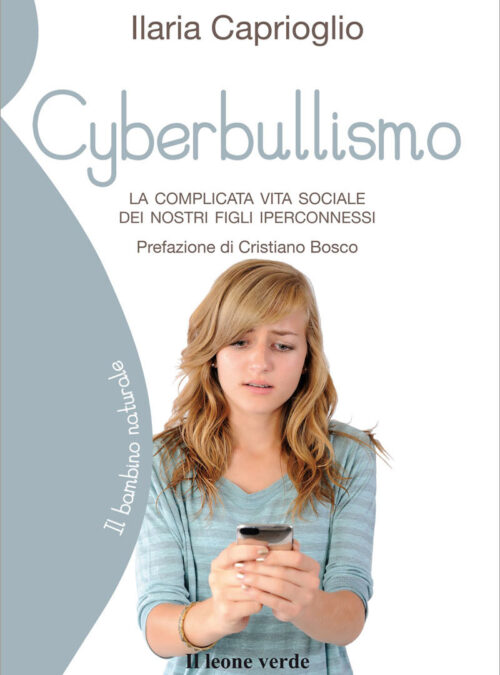Cyberbullismo
by Caprioglio Ilaria, Caprioglio Ilaria, Caprioglio Ilaria
The phenomenon of cyberbullying is growing rapidly in the complex social life of hyper-connected young people. Contributing to this is the complicity of adults who, deluding themselves that their children are perfectly equipped to deal with the world of the web without risk, do not bother to provide them with adequate media education, capable of developing a critical sense and a culture of respect, indispensable even online. Beginning in the 1970s, people began to examine the phenomenon of bullying (characterized by repeated physical or psychological aggression and an imbalance of physical and social power between victim and perpetrator), but, in our day and age, bullies can move from the traditional offline mode to the online mode, using digital channels such as social networks and messaging programs.Conflict occurs in a physical place, but if it is not resolved it can move into the virtual world, which emphasizes persecution, seasoned with anonymity. The problem of digital bullying therefore arises outside the web, it is generated because of the complexity of relationships that are increasingly addressed with superficiality and lack of attention from the adult world that does not take responsibility for this growing emotional illiteracy. The challenge for us, as parents and educators, is to try to intercept and decode those signals of youth discomfort that become visible online because they are staged through drama, a sort of representation of interpersonal conflicts that adolescents struggle to manage. Ilaria Caprioglio, in her book Cyberbullying, helps parents understand what the risks of the web are for their child or teenager and suggests how to deal with them.
- Publishing house Il Leone Verde
- Year of publication 2017
- Number of pages 95
- ISBN 9788865801529
- Foreign Rights Anna Spadolini
- Ebook Disponibile
- Price 10.00 €
Caprioglio Ilaria, Caprioglio Ilaria, Caprioglio Ilaria
Ilaria Caprioglio, lawyer and writer, is married and mother of three children. She supports social initiatives aimed at young people and promotes, in Italian schools, awareness projects on the effects of media pressure and the pitfalls of the web.She is vice-president of the association Mi nutro di vita and creator of the National Day of the Lilac Ribbon against eating disorders.







